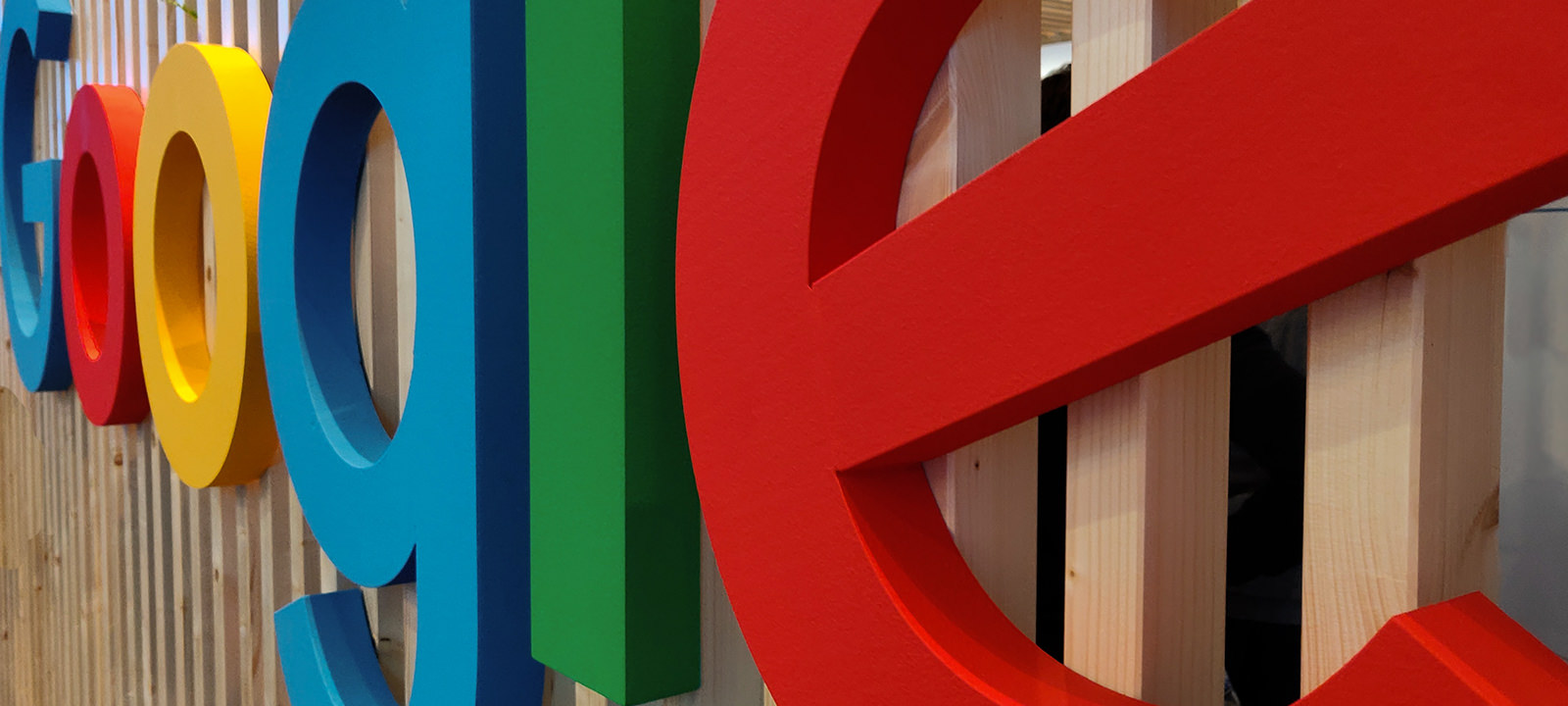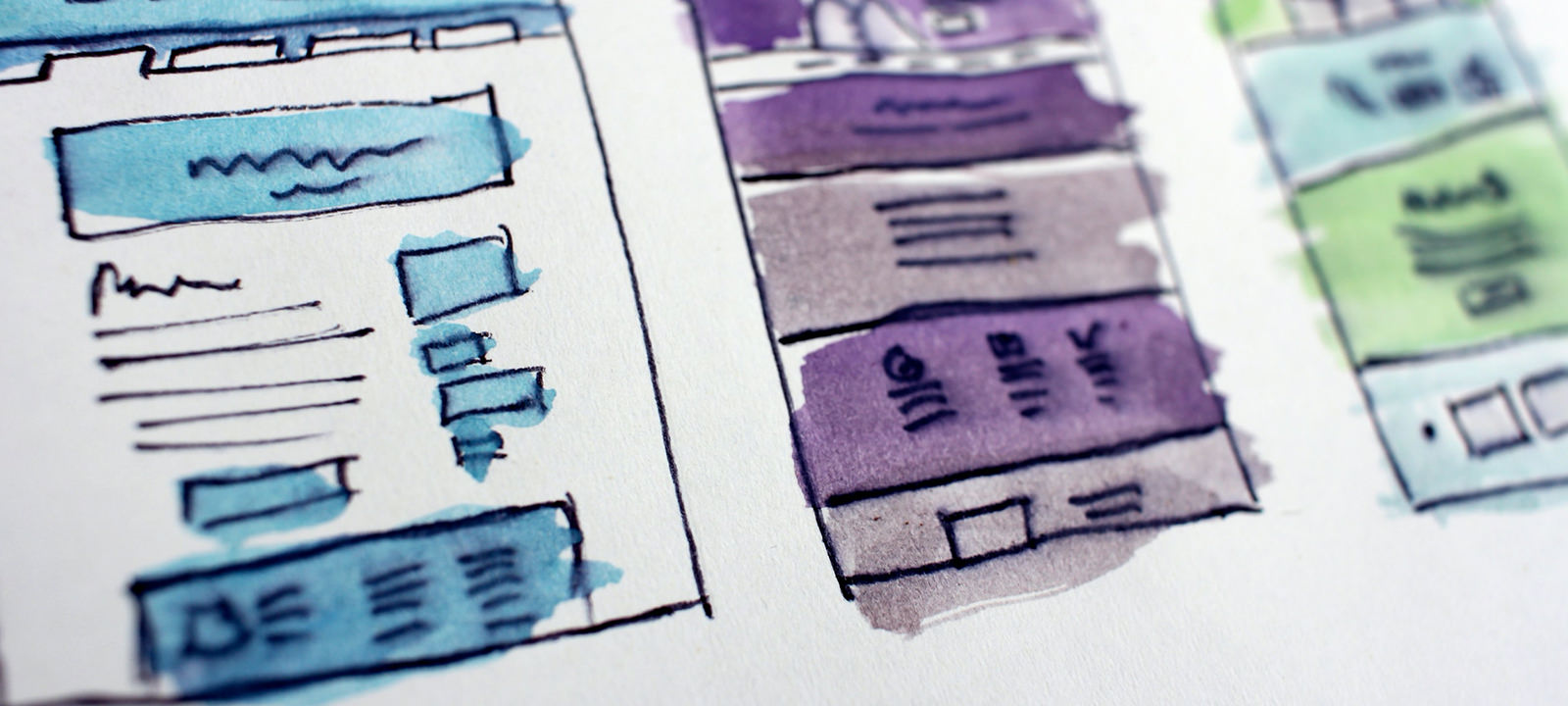Not too long ago a research study commissioned by GoDaddy found that of the very small businesses in the UK, USA, Canada, Australia, Mexico, Brazil, Turkey and India, 59% of them didn’t have a website.
If you’ve ever been in the position of getting your website built, you’ll probably understand why that percentage is so high.
The trouble so many encounter is finding that web designer that can work on the same wavelength as you. One who talks your language rather than technical jargon, and even then, finding a designer that fits within your budget can feel like trying to find a contact lens in a swimming pool.
The year is 2020 and not having an online presence in the form of a website is in most circumstances business suicide or at best extremely stunting and will prevent any decent development. Yes, there are exceptions to this, but in general it is a crucial aspect of business that shouldn’t be overlooked, as by not having a website you leave potential customer with so many unanswered questions which may prove to lose you any prospect of their custom.
So, to help, we’ve compiled a shortlist of questions along with some explanation behind them that you should consider putting to the web designer the next time you’re on the hunt for one. So, whether its your first time or not, you’ll know their capabilities and what you can expect rather than blindly committing yourself to them.
Don’t worry, they shouldn’t mind you asking questions if they’re worthy of your business, if they aren’t comfortable with the questions being asked then you have to ask yourself why, what are they hiding? Besides, most designers will welcome the questions as it shows you know what you want – and believe me, us creatives are happiest when the client has a good idea about what they want.
Question 1: Can you show me some of your past work?
Any good web designer will be more than happy to show you their past projects. Designers take huge pride in what they have done so there should be jumping to show you what they can do, if they’re not willing, it is not a good sign.
- So they’ve got a great portfolio – that’s excellent. However, you should definitely check some of the sites out, make sure they work in the kind of way you’ll want yours to. You need to be sure that this web designer can do what is needed for you.
- If the quality is there, the designer won’t have to sell you their services – it should all talk for itself.
- Make sure they’ve got diverse design abilities. They may have created the kind of site you like, but having a designer who has created more than just the one style of website is a much better option. You want your web design to be versatile is key.
- Don’t settle for a designer who replicates the same website throughout their portfolio, yes they may be great-looking, but you want your site to stand out from the rest and have its own identity.
Question 2: Can you show me your references and testimonials?
There’s more to designing a than making it look great – the designer has to be easy to work with, hit deadlines, and much more. You need to be able to have full confidence in being able to work with the designer regardless of how well they can design a site. So asking for their testimonials or references can be an effective way of getting an idea of whether they’ll be suitable based on their past client’s feedback because, at the end of the day, you want to be left praising them about how well they did.
Question 3: Who will create the website’s content?
Many websites fail purely based on the quality of the content. A website is far more than just a nice-looking picture – it’s a crucial tool that needs to be designed in more than just a visual way. Laced throughout your website is content, some that’s visible in the way of text and then some that cannot be seen such as meta-data, this content is vital to a website’s success.
A phrase you’ll often hear is “content is king”, this is because when people search Google, the words they use want to coincide with the words used throughout your site, we call these keywords and so your content should be composed around these terms. The best of the best websites are those that are built using a digital and content strategy to achieve this. So you should speak to your web designer about the best use of content, meta-data and SEO.
Some of the most important details to discuss with the web design include:
- Market research
- Content strategy
- Keywords
- SEO and meta-data
- Analytics
Writing website content, blog posts or product descriptions can be quite a nerve-wracking prospect, but there are plenty of guides and content writers to help with this that your designer may well be able to refer you to.
Question 4: What’s your process?
Its always a good idea to know how the designer plans to manage the project – poor project management can often lead to a poor project outcome or simply a difficult or messy project that can leave you feeling confused, annoyed, or just out of sorts with the designer. You want to know what they plan on doing with the information when planning the website. Look out for:
- The hallmark of a good designer is one who begins the process by considering your objective. So, for example, they should be probing you find out if your site will be for eCommerce or a portfolio or anything else.
- Based off of what you tell them, they should then create a sitemap designed to give you an idea of the overall content structure before any development work gets underway.
- One thing some designers may do is create a visual mockup or wireframing of what they envisage the finished site to turn out like – a great step in the process to make sure you’re both on the same page.
Remember, a good designer won’t just focus on making the website look nice – they should also focus on ensuring the site offers excellent user experience to the visitors as, without this, a website is likely to flop.
Question 5: How long will it take to do?
Okay, so you’re probably going to ask this one anyway as time is money right? However, there are a few things, in particular, to listen out for. Well provided you’ve communicated the complexity of the website and the expected number of pages, the designer should be in a position to determine how much design will be involved and therefore give you a good idea of a timeframe.
Most designers will break the project down into four key stages to help manage the overall timeframe:
- Discussion – this phase is where you and the designer will communicate about the project extensively to identify exactly what is needed.
- Design and Development – the design will generally do this stage alone and is usually the longest of all the stages.
- Amendments – at this point you’ll be in a place where you and the designer will work closely to work through changes to the site, note that this should be welcomed and actually encouraged by the designer in order to iron out the final product.
- Launch – the name speaks for itself, the site will be put live for the world to see.
A crucial talking point with your web designer is getting an agreement upfront regarding how they can consult with you and make changes where required before the launch stage.
At this point, you want to be working out clearly with the designer about how many amendments the designer will do for the agreed project cost. Such as three sets of amendments, this is a fair number that gives plenty of opportunities to get the website to exactly where you want it. So after that you know to expect any additional charges rather than suddenly being hit with further costs on the invoice. Obviously, if mistakes are on the designer’s part – and of course this can easily happen since interpretations can be difficult depending on how you choose to communicate with your design – the designer should be correcting these without additional charges.
Question 6: How much is it going to cost?
Probably the most anticipated question, since it can quite often be the deal-breaker. Generally speaking, there’s no fixed or definitive rule for costing a website – its a very fluid thing. That said, a designer will have their set hourly rate and day rate that they work to, and so what you’re doing is buying their time to get at their expertise. Yet, its a very good idea to have in mind a budget for the project – know what you want to pay and, if within reason, a good, versatile design should be able to compose a decent proposal based on how much you’re setting aside since the bigger a site and the better a site, the more time is going to take and as I said before, time equals money.
In short, if you give the designer a good enough understanding, they’ll have a good idea of how long a site will take and thus how much to charge. Therefore they will be able to confirm this with you before getting started – you shouldn’t be looking to start anything without getting this confirmation.
Question 7: How will I update my site – can I do it myself?
So the site is done, it’s live, but now there some changes that need making – can you do these yourself? Well, it’s your site now, so you should have unrestricted access to it now. You need to know who gets the keys to your website just like you would if you bought a new house – you’ll need to work out how this is going to happen and how to get into the site to make changes – if that’s how the site even works!
Well, there are plenty of options and these vary depending on what type of site you can. If you have a bespoke built website with no backend CMS, well you’ll need a web designer to jump in and edit the code for you so it’s a good idea to work out the costs for making any changes. Other sites such as eCommerce will have a backend CMS be it WordPress or something else, so the passwords for this can simply be handed over and you’ll be able to make your changes, though you may prefer a designer to step in and do the work for you and they’ll more than likely be able to do a task in a fraction of the time it will take you, allowing you to concentrate on running the business – but again, work out what the costs will be.
If you do decide to rely on your designer to do it all for you then there are some considerations to make and it’s a good idea to get these worked out with the designer before shaking their hand:
- What costs will be involved, will it be hourly, fixed, or even on a fixed monthly maintenance package.
- How long it will take to get updates done, its often a good idea especially if you enter into a maintenance agreement, to work out a timeframe for getting changes made.







